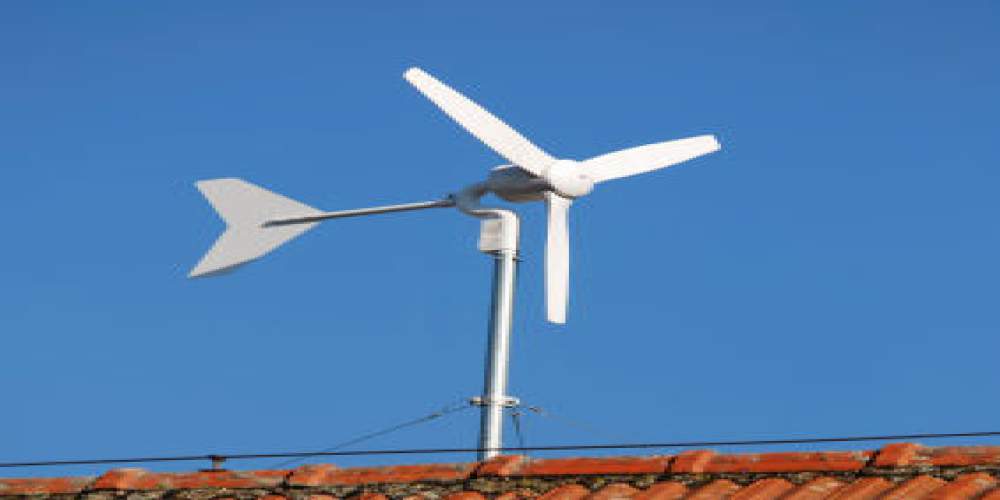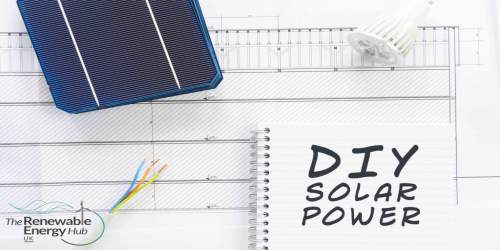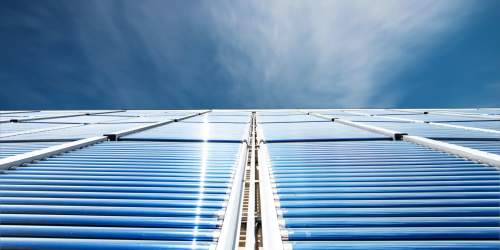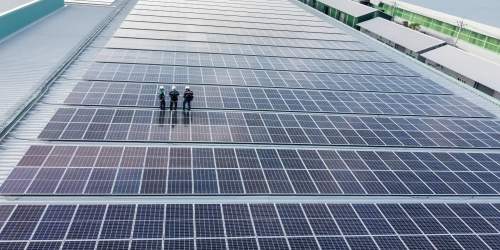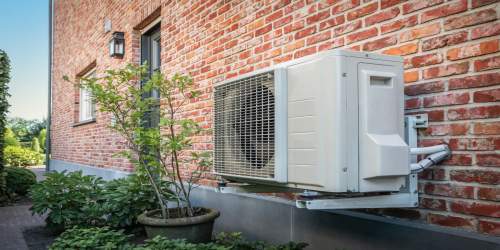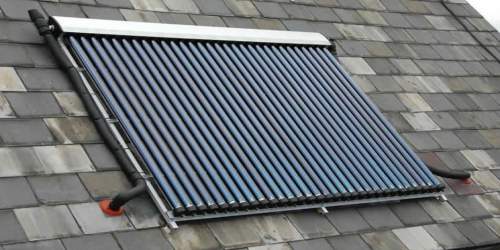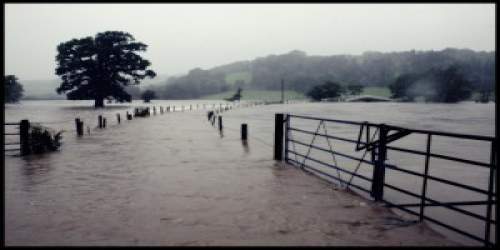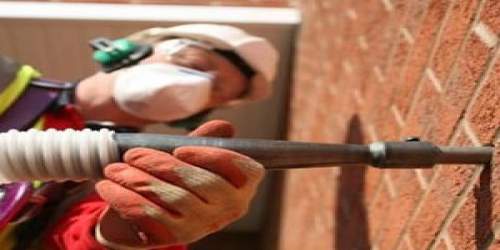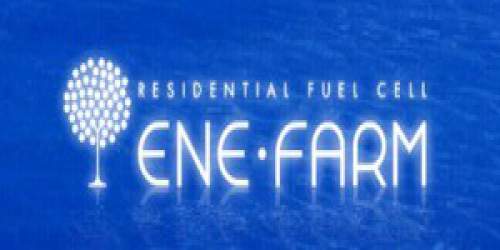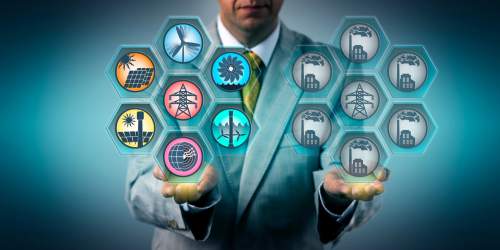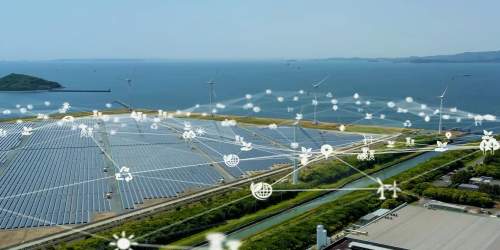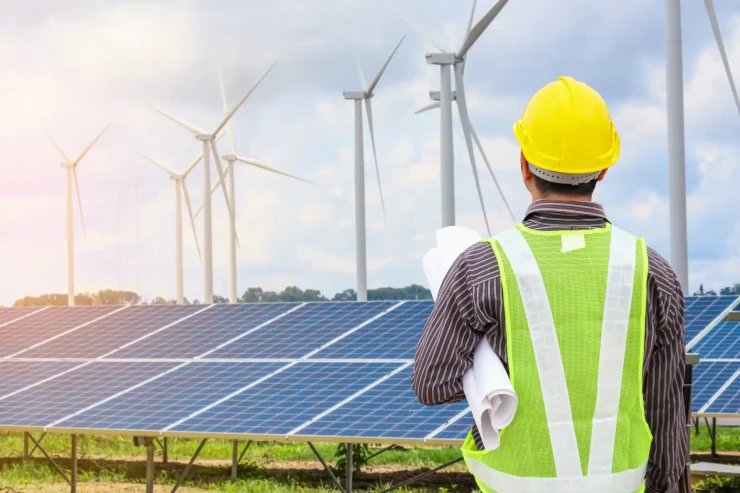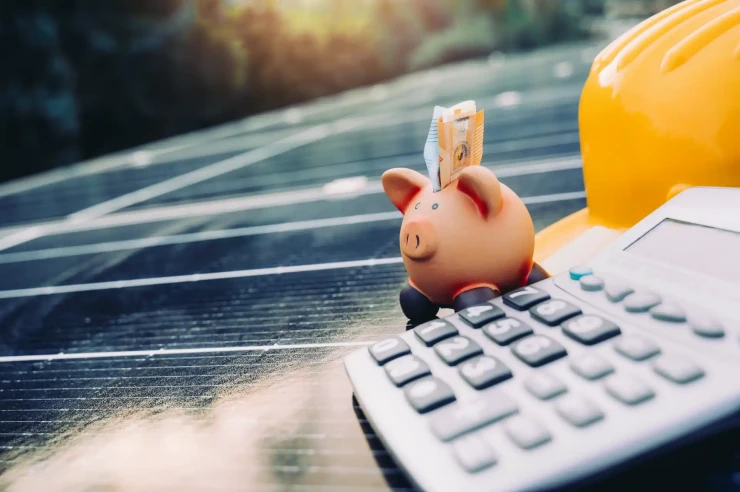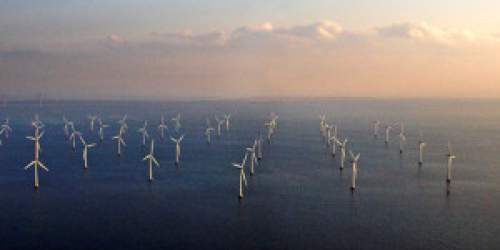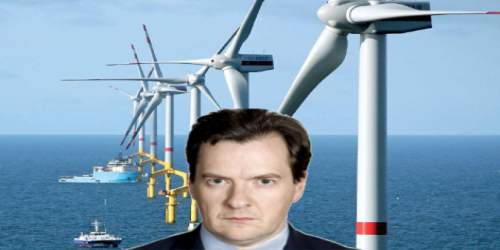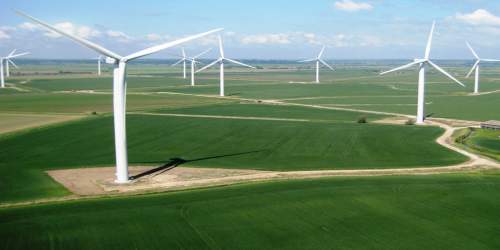For over 3000 years civilisations have used wind power to their advantage. Although we no longer use wind power like the ancient Babylonians, the same principle is used in today’s technology. The power of the wind turns a turbine blade connected to a shaft that can be used to our advantage. Contemporary technology connects the shaft to a generator to make electricity. That electricity can be used to provide power for a home / outbuilding, or can be fed back into the local grid, helping to power your home and the homes around you.
We here in the UK, have the best wind resources in Europe. We lead the world in offshore wind farm installations and we have the biggest wind projects in Europe currently under construction. At this very moment 2.5% of all power consumed in the United Kingdom is generated by wind energy. Obviously this electricity is produced on a commercial scale, on wind farms constituting of over 700 large turbines of various sizes and power. On a smaller domestic scale, wind turbines can be used for your residential power needs. Domestic wind turbines can help power your home day and night when there is wind present. Any electricity that you generate you get paid for and also you get a fee for the electricity that isn’t used and is fed back into the national grid, earning you the government’s feed-in tariff for wind energy, that has been guaranteed for 20 years and is index linked. They also lower your households overall carbon emissions.
Wind turbines are characteristically organised into two main types, horizontal axis and vertical axis. Most domestic wind turbines are of the horizontal variety. This type conventionally has its rotor shaft and generator near the blades at the top of a tower. This head unit can then rotate to face the oncoming wind. If the wind is too strong they are designed to face away from the wind to protect the unit from damage along with pitch control that turns the blades profile, reducing the drag factor.
You may have seen building mounted wind turbines around. This turbine type is relatively new and has received some criticism due to the fact that they generally have a low output and can cause unwanted stress to your building. They do however avoid the costs of having a free standing tower and dedicated foundations. Due to this you should always seek specialist advice before installing a building mounted turbine.
The site for your wind turbine will need to be assessed. Wind turbines need very strong foundations as the turbine itself is very susceptible to turbulence, often supporting poles or guide wires are used to make them more secure. Usually a feasibility study will be carried out by yourself or your installer prior to installation. You can get yourself anemometer to test the wind levels, it’s best to keep the anemometer in place for 3months to a year in order to get an accurate reading. You will need to be measuring annual average wind speeds of over 11mps (meters per second) or your turbine may not yield profitable results. Generally the more consistent wind your turbine gets, the more electricity is produced. Consider what surrounding obstructions there might be such as buildings or trees. Planning permission may be needed, although your installer can advise you on these matters, it is often best to look into this yourself beforehand.
Stand-alone domestic wind turbine systems can be expected to have a battery to store excess power especially if it is not grid-tied, for use when there isn’t enough wind. Deep-cycle batteries are preferable because they can discharge and recharge many times. These batteries can last for 5-8 years and range in price from around £100 to £1000.
Unless you are planning on using battery power exclusively, a power inverter will need to be installed. The power inverter will be connected between your turbine and your homes existing power supply. The inverter converts low voltage DC to 120 volts AC, the same as from the national grid.
Your installer should liaise with your District Network Operator (DNO) to connect your wind turbine to the local grid. There may be a charge for this depending on the size of your turbine and location.
If the national grid fails for any reason, grid connected inverters automatically switch off to protect engineers working on the line. If grid related power cuts are common in your area, you might wish to consider some form of back-up storage. Consult with your installer for further details.
Make sure that your installer and system are MCS certified to be eligible for the ‘generation tariff’ and ‘Export tariff’. The feed-in tariff can only be gained by certain types of wind turbine and only for turbines installed by MCS certified installers. If your system is eligible you will receive an annual payment for all the electricity generated no matter how it is used, this is called the ‘Generation tariff’. You will also get a payment for any electricity you export, this is called the ‘Export tariff’.
The cost of a wind turbine system may vary considerably so make sure you get at least three quotes from reputable MCS accredited installers. Do as much research as possible! Wind turbines need regular maintenance but can be expected to operate for over 20 years. Ask your installer to provide you with written details of when and how often maintenance checks should be carried out and how much these are likely to cost. You can also check this with the manufacturer of your system. Always check the warranty before purchase and make sure you are covered for as long as possible.
All MCS approved installers should be able to provide a detailed breakdown of the specifications and costs of their proposed system. They should visit you in person to complete a technical survey before giving a quote and provide an estimate of how much electricity will be produced by the proposed system.
Suppliers/installers of wind turbines (both domestic and commercial) can be found by searching here.

